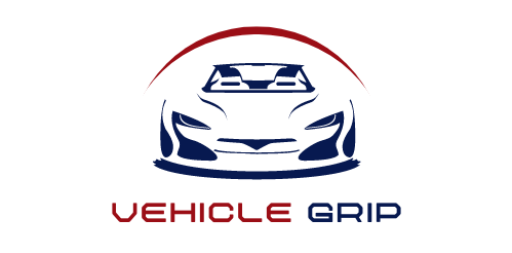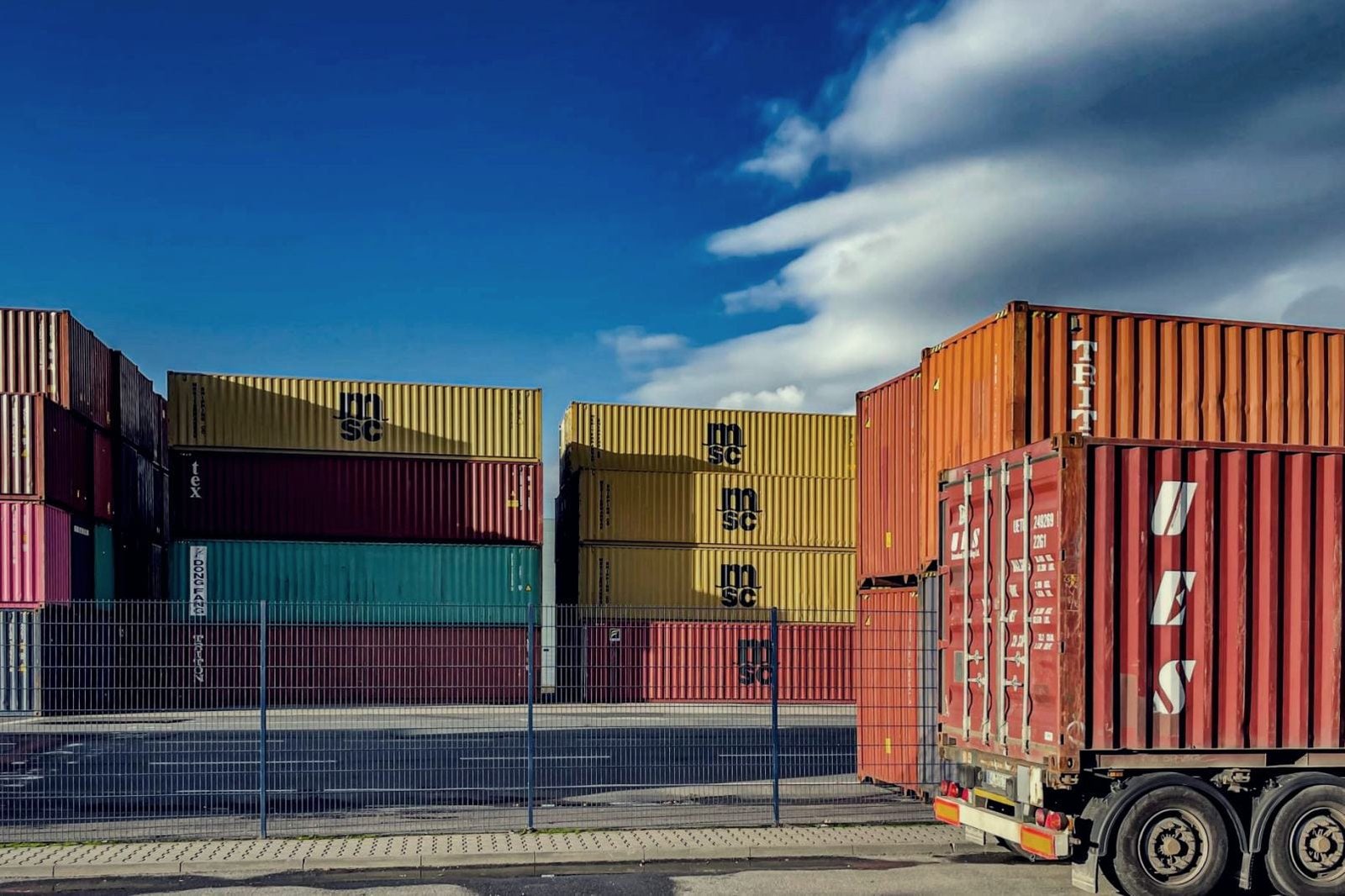Transport companies across Europe are navigating an era defined by volatility and challenges. Supply chain disruptions, geopolitical tensions, and cybersecurity threats are no longer rare. So what sets successful companies apart? Those that thrive are not just reacting. They systematically build resilience, turning challenges into strategic opportunities.
Understanding Resilience: Key Principles for Transport Companies
Resilience in the transport and logistics industry means a system can withstand, adapt, and transform in the face of shocks, all while keeping critical services operational. It’s about more than simply recovering, resilient companies absorb disruption, learn from it, and emerge stronger.
Consider freight transportation: resilience here means uninterrupted movement despite unexpected changes. Achieving this depends on flexibility and rapid recovery systems.
Seven key principles define robust transport systems:
– Reflectiveness: Regularly review operations, adapt from experience, and monitor service quality.
– Robustness: Anticipate problems before they cause damage, ensuring systems can withstand shocks.
– Redundancy: Maintain backup resources, vehicles, and routes for essential functions.
– Flexibility: Use modular, decentralized systems that can evolve as needed.
– Resourcefulness: Empower teams to improvise and find solutions during stress.
– Inclusiveness: Engage stakeholders across the supply chain for shared ownership of resilience efforts.
– Integration: Connect transport with broader business systems for unified decision-making.
Together, these create both defensive and adaptive capabilities.
A big shift is happening: moving from “just-in-time” efficiency toward “just-in-case” operations. Companies now recognize that strategic redundancy and buffer capacities are not waste, but essential safeguards against disruption. Is your company’s approach keeping up with this evolution?
Identifying Top Risks Disrupting Transport Networks
What are the most serious threats facing European transport companies today?
Geopolitical instability tops the list. Conflict in Eastern Europe and the Middle East is disrupting trade routes, ramping up costs, and stalling materials. For example, container shipping now often avoids the Red Sea due to security risks, rerouting vessels around Africa—adding days to transit times and driving up expenses.
Trade disputes and tariff changes are forcing companies to rethink supply chain strategies, sparking a rise in nearshoring. Balancing industrial security and economic ties—particularly with partners like China—remains a challenge. Regulatory shifts, such as the FuelEU Maritime requirements due in January 2025, mean transport companies must adapt quickly, managing higher costs and new vulnerabilities.
Climate change brings increasingly severe disruptions: hurricanes, floods, droughts, and heatwaves can severely damage infrastructure and cause cascading delays. From 1998 to 2010, weather-linked losses in European logistics ranged from EUR 1 billion to EUR 6 billion.
In response, major hubs like the Port of Rotterdam are investing in adaptation. Their strategies include higher embankments, compartmentalized port areas, elevated roads, and sophisticated flood defenses—showcasing the scale of innovation required in resilient transport infrastructure.
At the same time, operational challenges compound these threats. Labor shortages (especially truck drivers), decades of underinvestment in rail infrastructure, and capacity constraints further increase disruption risks. When one part of the supply chain falters, failures rapidly spread across systems.
Building Resilience Through Diversified Supply Chain Strategies
Diversification is a key method for reducing dependency on single regions, routes, or suppliers. By developing relationships with multiple suppliers and establishing backup routes, companies can better mitigate risks posed by geopolitical tensions, regulatory changes, or natural disasters.
Regionalization and nearshoring reflect this shift. A 2024 survey found that 55% of EU-based firms boosted local sourcing, and 58% of German manufacturers diversified their networks. Security of supply and compliance now often outweigh pure cost considerations, re-shaping supply chain setups.
Resilient freight management means careful carrier selection, performance monitoring, route optimization, and evaluation of which lane or mode—air, ocean, rail, or road—delivers the best value. In Europe, combining freight modes can significantly optimize resources, slash emissions, and add supply chain flexibility. Opportunities for freight consolidation can further increase efficiency while maintaining the ability to adjust in the face of disruption.
Leveraging Telematics for Real-Time Control and Predictive Maintenance
Telematics technology is revolutionizing supply chain resilience by delivering real-time visibility and powerful predictive analytics. Do you have the tools to see trouble coming before it hits your fleet?
Modern telematics platforms gather data from GPS, accelerometers, and environmental sensors, offering a comprehensive, up-to-the-minute view of operations.
Key benefits include:
– Real-Time Route Management: Advanced GPS-driven algorithms track delays and automatically reroute vehicles to avoid congestion, closures, or severe weather—minimizing disruption and fuel cost.
– Predictive Maintenance: Vehicle health is constantly monitored, allowing for targeted maintenance when it’s truly needed, not just on a fixed schedule. This reduces breakdowns, extends fleet lifespans, and controls costs.
– Driver Behavior Monitoring: With instant alerts for unsafe driving—speeding, harsh braking, or sudden acceleration—companies can use data-driven feedback and coaching to reduce accident rates and enhance fuel efficiency.
Providers like www.arealcontrol.de enable these capabilities through systems that integrate tracking, diagnostics, mobile timekeeping, and transport management, covering trucks, trailers, and more. Features such as geofencing and electronic logbooks simplify compliance and support tailored digital transformation for each transport company.
When Artificial Intelligence is layered onto telematics, the impact multiplies. AI-driven analytics can predict demand spikes, optimize inventory levels, and suggest efficient routing in rapidly changing conditions. This is crucial for maintaining continuity and stability during volatile periods.
Supply chain control towers are centralizing logistics oversight by assembling real-time data from across the network, running “what-if” scenarios, and simulating demand fluctuations. These platforms enable proactive disruption management and empower stakeholders to make informed, timely decisions.
Digital twins—virtual models that use real operations data—help optimize transport infrastructure across its full lifecycle, from planning to maintenance. Arealcontrol’s digital twin features, for example, allow automated event triggering, such as generating maintenance tasks as soon as a sensor detects an anomaly. This level of innovation streamlines operations, optimizes asset utilization, and strengthens resilience.
Finally, technology makes business continuity more achievable. Integrated telematics, real-time data analytics, and AI-powered alert systems allow for fast, coordinated crisis responses and full operational visibility. Platforms from providers like Arealcontrol help unify data, accelerate decision-making, and give companies the tools they need to stay resilient—no matter what comes next.




